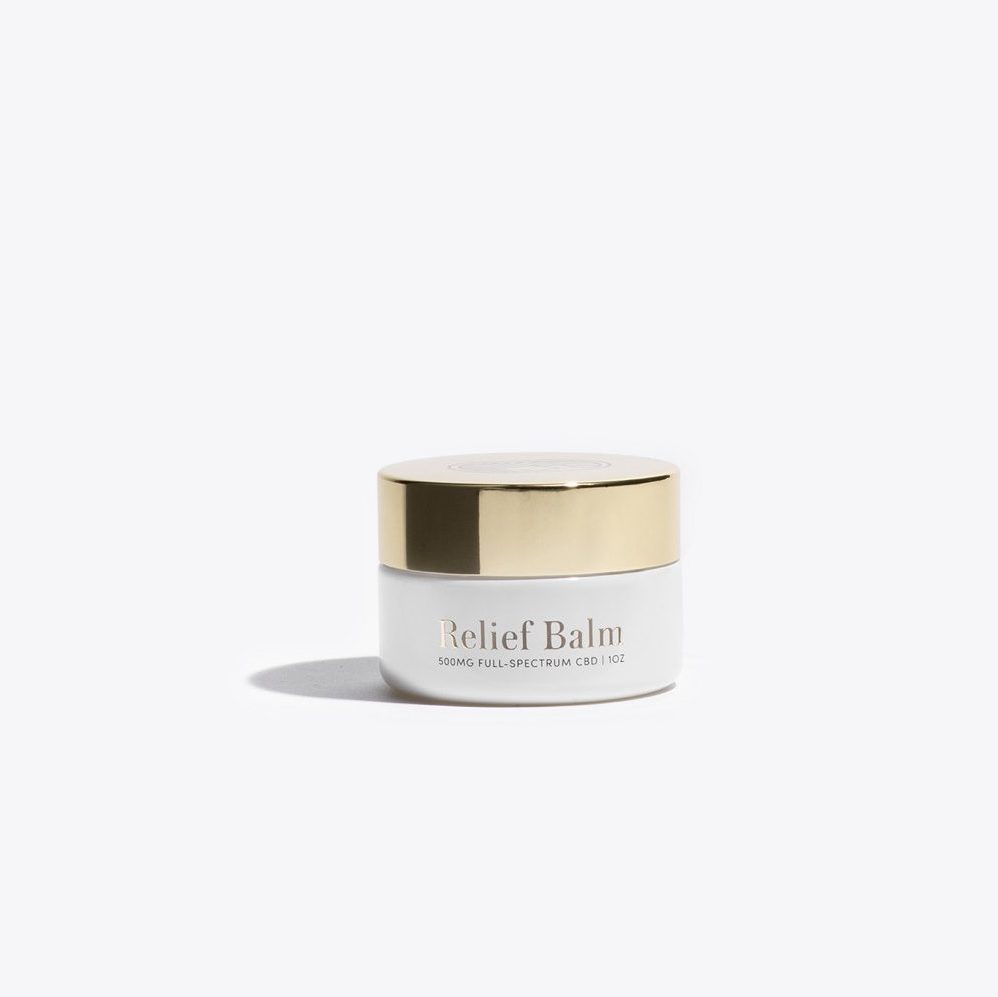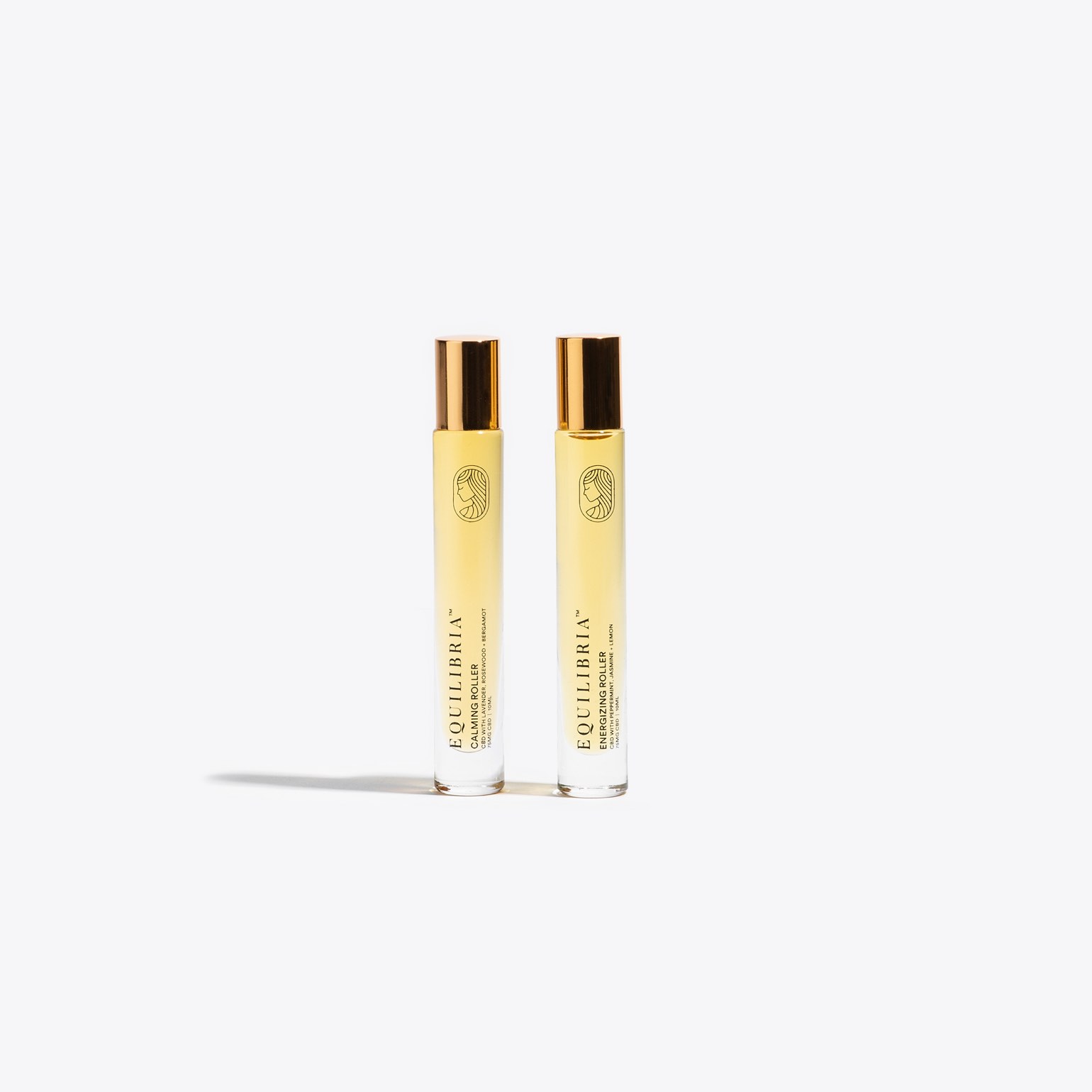
By Margo Pfetzer, a Family Nurse Practitioner.
“I could never imagine not eating in order to lose weight,” I said to my mom when I was in middle school. I had just been told the PG explanation of what an eating disorder was, and it was unfathomable to me that some people would forego meals for any reason. I loved food so much. I was absolutely passionate about pizza and ice cream and everything that tasted good. Around eighth grade, I started to become more cognizant of the way my body looked, and contrasted it with the curves of the girls around me. I have always been tall, and when they made us stand on scales in front of the whole class to place us in weight classes for wrestling, I felt ashamed that I was at the higher end (of course, I did not consider how I had inches on my fellow classmates, but all I saw was the numbers on the scale and myself at the end of the line). Around 14, I remember analyzing my every feature in a mirror, deciding my face was starting to look fat, and that is when I drew the line.
It started as just choosing “healthier” meals (with what limited knowledge I had, that meant peanut butter, fruit, “multigrain” cereals, whatever I associated with health) and incorporating exercise into my life, but once I decided to google “What is a calorie?” the spiral began. Misinformation about calorie goals and weight loss flooded my screen. My Fitness Pal, calorie counting, and overexercise consumed me. Every pound was a victory, every hunger pain was a badge of glory. My addictive personality took every opportunity to create another restriction or omit another food group. For two years, I struggled with the delusion of perfection, the need to chase a number on the scale that would never satisfy, and the immense fear of food, something that used to bring me so much joy and comfort, but now led me to spend hours adding and re-adding every calorie that passed my lips (often inflating or overestimating totals) and left me with crippling anxiety. Every mirror was an enemy, the image constantly changing regardless of whether it had been 10 minutes or 2 days since I had last looked into one. Everything about myself was a problem that needed to be corrected.
When I chose recovery, everything changed. It was not an easy choice and made me accept some hard truths about myself, including the fact that I had a problem. What they say about addiction and the first steps is true for eating disorders as well; specifically, you can’t expect to get better until you recognize and accept that you have a problem, which can be difficult with the twisted mindset an eating disorder places you in. It takes a lot of strength, encouragement, self-awareness, and sometimes tough love from those around you. Ultimately, it was up to me to choose recovery and weight restoration, something I had once likened to a fate worse than death.
Recovery was not glamorous at first. It looked like stomach aches, endless tears, sleepless nights, and avoiding mirrors. Showering and changing clothes was a hurdle I had to overcome without critiquing my changing physique and the way clothes that used to hang now warmly hugged my flesh and my finally-nourished body. Food was an opponent, mealtimes a battlefield. However, reflecting back on this war ten years later, it still rings true: my worst days in recovery pale in comparison to my “best” days when I was ill. The mental turmoil and self-hatred that accompanied the shrinking number on the scale or the “ED-approved” meal is something I would never choose again, but I consciously pick recovery every single day that I wake up and make breakfast, and I will never regret making this decision.
I could write pages and pages on eating disorders, diet culture, and food fear mongering but I will summarize it the best I can with these few main points. Eating disorders are mental illnesses with physical manifestations. Just like many other diseases, there may be some textbook definition of what someone may look like that comes to mind when the word is said (in anorexia nervosa’s case, a young adolescent female with protruding bones and malnourished figure), but that is not going to fit all or most of the sufferers of these illnesses. Someone struggling with their relationship with food may be overweight. They may often eat what seems like a regular amount. They may not lose weight quickly or at all. Nobody needs to fit the textbook mold of what an eating disorder “should” look like to be taken seriously or to need help. This narrative is dangerous and further contributes to denial of having a problem in the affected individual.
Finally, let’s commit to doing our part to building a society where food is nourishment, not villainized or assigned a moral value. Food is not inherently good or bad, and the only meal that isn’t good is the one that is eaten in guilt, fear, or obligation. The way that we speak about our bodies and our food can reshape the culture and can build a more positive experience for not only ourselves and those around us, but for generations to come. Eating disorders continue to rank near the top for deadliest mental illnesses (second only to opioid abuse) and it is my personal goal that I will live in a society where this is no longer true. If you are needing help or even just wondering if you have a positive relationship with food or your body image, I recommend going to NEDA’s website and checking out the many resources they have, including screening tools and treatment near you.
Thank you for listening to my story.
beauty bible bible study birthday chicago chicago fashion Chicago Fashion Blogger christianity christmas couples counseling dating diy ethical fashion fashion fashion 2017 fashion blogger fashion ideas H&M Hannah Lynn miller inspiration lifestyle lifestyle blogger makeup Mango mental health mental health counseling online fashion online women's fashion onlinewomensfashion photography relationships shopping sustainable sustainable fashion thefullcolorlife Theology therapy thrift Travel valentine's day vintage women's fashion women fashion womensclothing womensfashion






